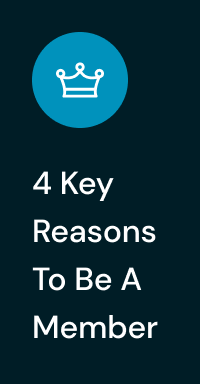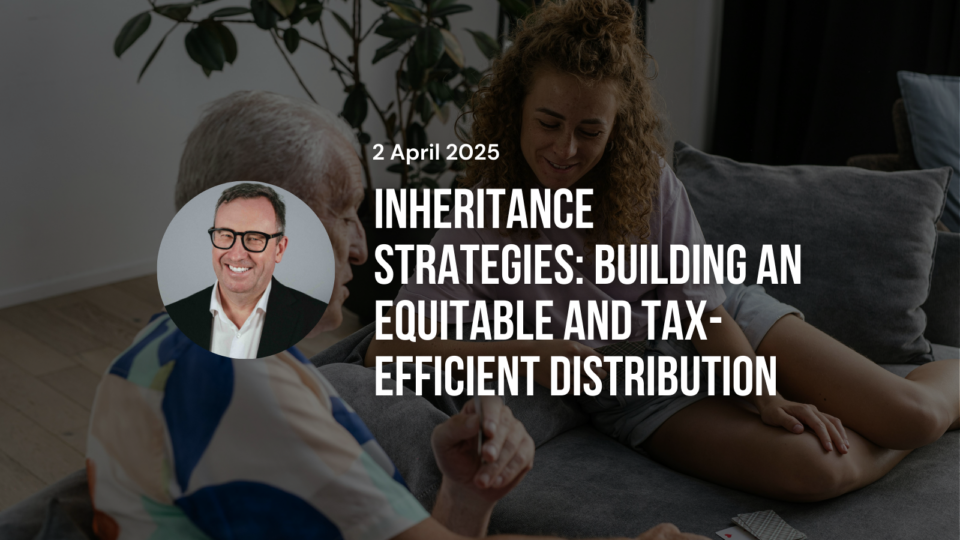

By Craig Keary, CEO of Selfwealth
As part of this six-part series with the Australian Shareholders Association, Craig Keary, CEO of Selfwealth, has explored a range of intergenerational wealth topics using a new framework of: ‘FAMILY.’
Within this FAMILY acronym are the six key elements considered crucial to a successful intergenerational wealth transfer. The ‘L’ represents legacy preservation – an often-overlooked yet deeply significant consideration for individuals and families.
—
Legacy preservation goes beyond the passing down of money or assets. It’s about ensuring that your values, stories, financial principles, and family intentions are carried forward with clarity and purpose. For many Australian investors, particularly those in midlife who are navigating the dual role of managing their own financial future while planning for the next generation, legacy preservation is both a personal and practical matter.
What does ‘legacy’ mean for you?
In simple terms, legacy preservation is the act of consciously shaping what you leave behind – both tangibly and intangibly. It includes not just the transfer of material wealth, but the transfer of meaning: how that wealth was built, what it represents, and how it should ideally be used by future generations and beneficiaries.
Whether your portfolio is built on decades of smart investing, prudent saving, or a mix of inheritance and hard work, your legacy is more than a balance sheet. It’s a narrative. And like any narrative, it needs to be communicated and respected in order to endure.
The role of asset management and inheritance planning
I’ve explored previously in this series the importance of asset management as part of the intergenerational wealth transfer. While legacy preservation doesn’t start or end with money, your financial assets are naturally part of the story.
Midlife is a pivotal time to review your investment portfolio through a generational lens. Are your assets diversified with long-term resilience in mind? Have you documented your intentions around ownership transitions? These questions tie directly into inheritance strategies – the mechanisms through which your wealth will be passed on.
For shareholders, this might include determining how shares will be distributed or managed by heirs, whether to hold assets in trusts or individual names, and how to prepare beneficiaries for the responsibilities that come with wealth.
Building financial resilience across generations
A legacy is only as strong as the people entrusted with it. One of the most empowering things you can do for your family is to foster financial literacy early and often. Teaching your children or other beneficiaries the basics of investing, budgeting, and responsible ownership helps ensure that the wealth you pass on doesn’t become a burden or a source of conflict.
This isn’t just about spreadsheets and market movements – it’s about open conversations. Explaining why you made certain financial decisions at different times in your life, how you approached risk, or what principles guided your choices can have a lasting impact and spark deeper conversations than if you were to keep these insights to yourself.
Planning for the long-term
Preserving a legacy takes intention. It involves not only technical estate planning, but ongoing multigenerational discussions and a shared understanding of what wealth means in your family. This could involve writing a legacy letter, hosting family meetings, or simply having regular catch-ups where money is not a taboo subject.
Ultimately, legacy preservation is about connection – to your past, to your family, and to a future you won’t see but can still influence.
This article is brought to you by Selfwealth, a proud partner of the Australian Shareholders’ Association.





